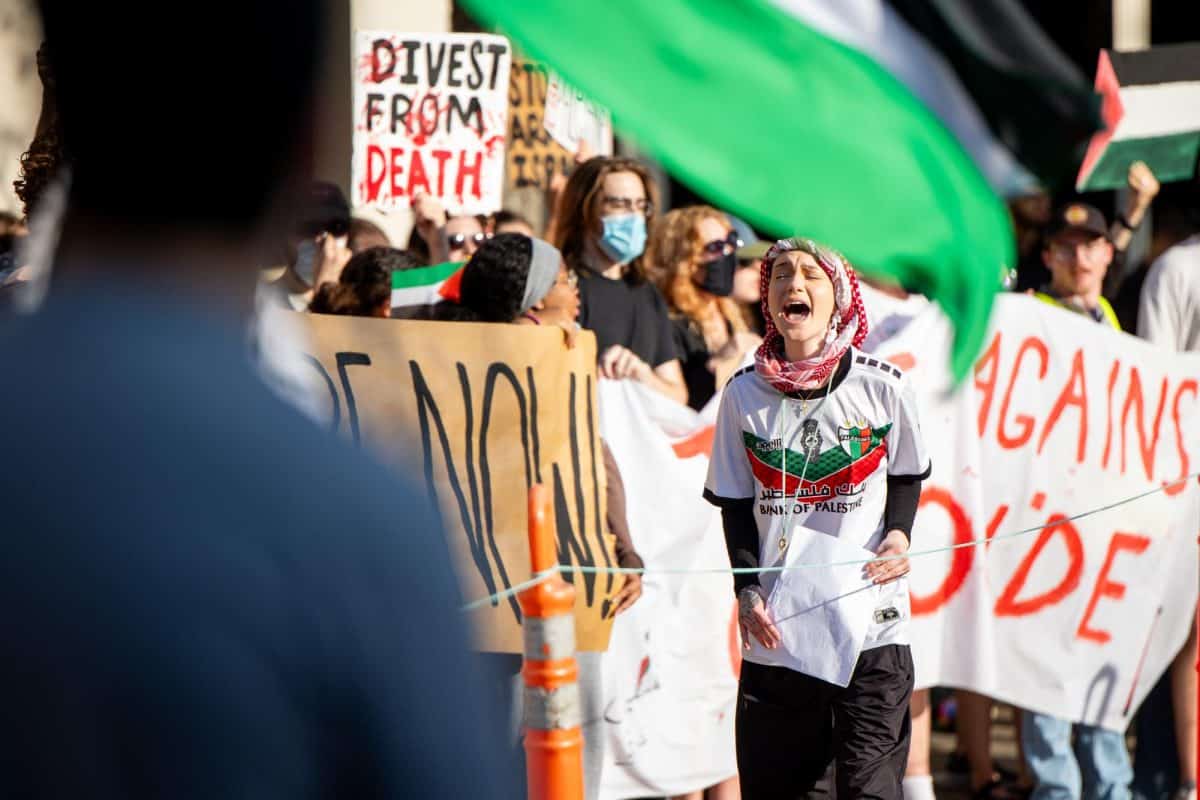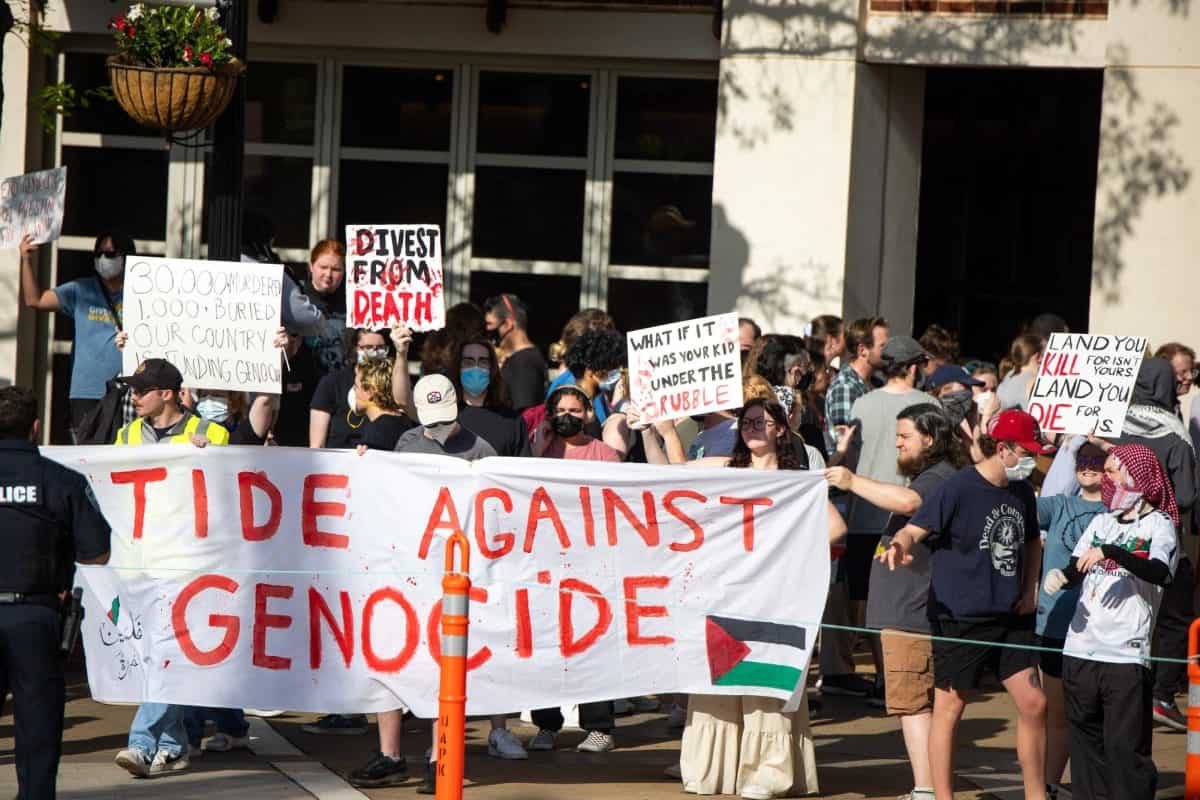More than 100,000 football fans served as a strenuous test for a newly installed antenna system intended to improve wireless phone coverage in Bryant-Denny Stadium and reported mixed feelings about the efficency of this year’s addition.
The DAS, or distributed antenna system, in Bryant-Denny Stadium is made up of 715 antennas designed and placed to boost signal inside the stadium. Mark Beeler of the UA Office of Land Management said AT&T and Verizon Wireless worked together to install the system in Bryant-Denny Stadium.
“The DAS installation was approved by the UA Board of Trustees in January,” Beeler said, “Work to install the system began shortly thereafter.”
The system was put to the test on Saturday during the Tide’s first home game against Western Kentucky University, and student comments on cellular coverage ranged from outstanding to awful.
Kelvin Williams, a graduate student in the masters of accountancy program, said his service in the stadium was “excellent.” Williams uses AT&T.
“Today was a good day in the land of LG slide phones in Bryant-Denny,” Williams said Saturday. “I had no problems communicating. I was able to make and receive phone calls to my mama in [Birmingham] and from a friend in the stadium. I was also able to text without delays or backups. I had a quick, steady text [conversation] with a friend in the stadium just after kickoff.”
Susan Hurwitz, a sophomore majoring in psychology, used Sprint. Hurwitz said her phone had never worked in Bryant-Denny Stadium during games in seasons past, but she had no problems sending or receiving texts and phone calls during the game.
The game day experience for others was not as fortunate. For many, it was back to the familiar territory of dropped calls, message send failures and no chance of using mobile Internet services. Some students said they could distinguish no change at all.
“I couldn’t even get or make calls, let alone texts,” said Hannah Hicks, an AT&T-using senior majoring in philosophy and religious studies.
Chris Schmidt, a junior majoring in civil engineering, used Verizon and also had coverage issues.
“Before the game it worked better [than last year],” he said, “but during the game I had no data coverage at all.”
Shane Perry, a graduate student in secondary education and language arts could see no change from last year. As an AT&T user, he said he could send texts at a delayed rate, but couldn’t access the Internet at all.
The problem with coverage in Bryant-Denny Stadium is caused by the sheer numbers of users trying to access networks at once, Beeler said.
“Simply put, [the issue with cellular coverage] was a matter of capacity,” Beeler said. “The large amount of traffic during gamedays was overwhelming the existing cellular network.”
Lance Skelly, director of news relations for AT&T, noted the problem with volume, but said that football stadiums themselves present issues to coverage providers.
“The geographical limitations – terrain, building construction, etc. – of football stadiums also make this an interesting challenge.”
Skelly said that DAS has been used in sports venues across the nation.
“We have deployed DAS on professional and college sports’ biggest stages at championship games in Indianapolis, New Orleans, Arlington, Texas and others,” Skelly said.
Bryant-Denny Stadium’s 715 antenna DAS will be challenged again on Sept. 22, when the Tide takes on Florida Atlantic University.






